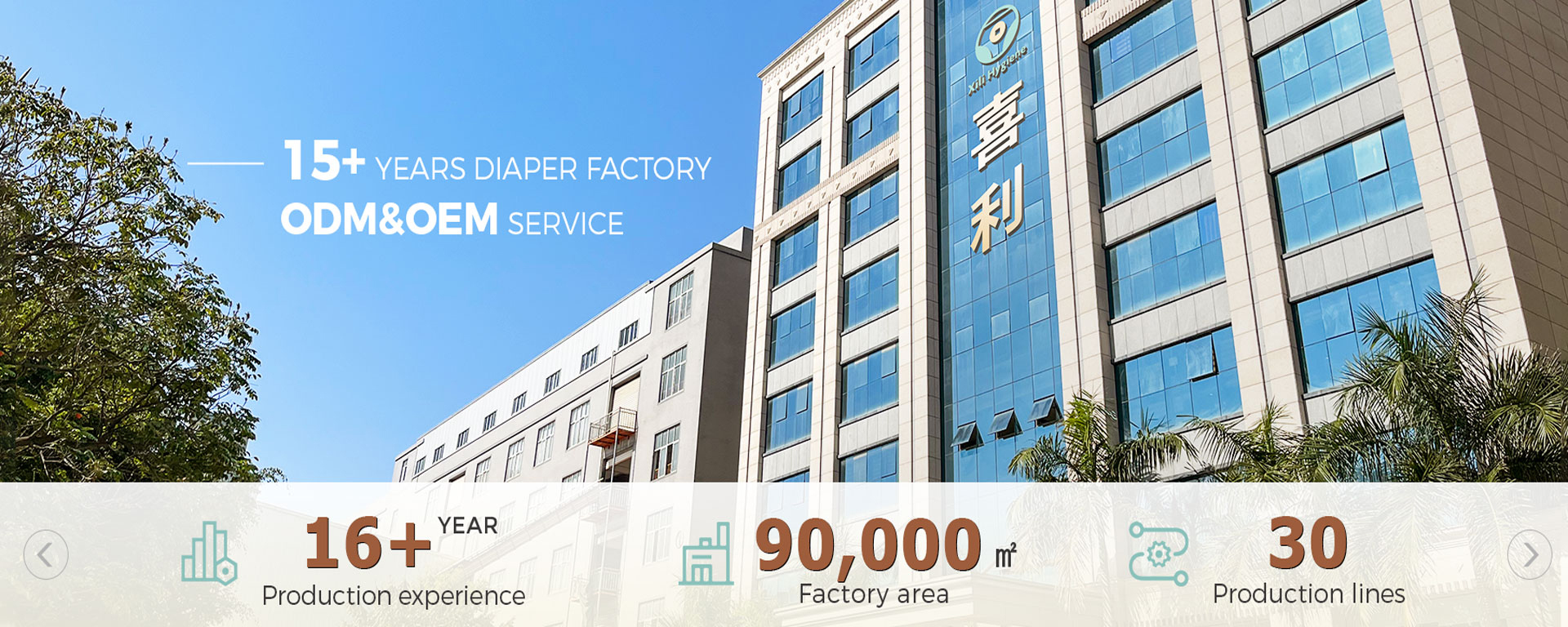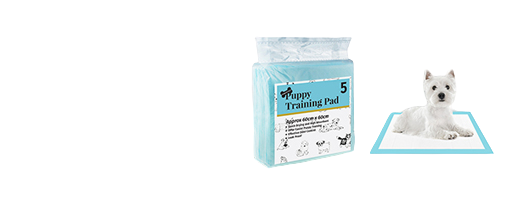
Market Analysis of Non-Woven Fabrics: Trends and Insights
2025-01-04 22:00
Non-Woven Fabrics in the Diaper Industry: Trends, Challenges, and Future
Non-woven fabrics have become an integral part of the diaper industry, offering essential qualities such as softness, breathability, and absorbency. As global demand for diapers continues to grow, largely driven by increasing birth rates, rising disposable incomes, and heightened hygiene awareness, the role of non-woven materials in diaper production is expanding. Innovations in non-woven fabric technology, sustainability efforts, and improvements in diaper design are all shaping the future of the industry.
The Importance of Non-Woven Fabrics in Diapers
The primary function of non-woven fabrics in diapers is to enhance comfort, efficiency, and hygiene. Unlike woven materials, non-woven fabrics are engineered through processes such as spunbond, meltblown, and air-through bonding, which allow manufacturers to create fabrics with specific properties suited for different layers of a diaper. These fabrics are widely used in the top sheet, acquisition layer, backsheet, and core wrap of a diaper, ensuring that the product remains soft, highly absorbent, and breathable while preventing leakage.
Key Features of Non-Woven Fabrics in Diapers
Softness & Skin-Friendliness: Modern diapers prioritize baby comfort, and non-woven fabrics provide a gentle touch against the skin, reducing irritation and diaper rash.
High Absorbency & Moisture Management: Advanced non-woven layers help quickly distribute and lock in moisture, keeping the surface dry.
Breathability: Non-woven fabrics allow air circulation, reducing heat buildup and preventing skin irritation.
Lightweight & Flexible: Diapers made with non-woven materials are thin yet durable, allowing for easy movement.
Eco-Friendly Innovations: With sustainability becoming a focus, biodegradable non-woven materials such as bamboo fiber, cornstarch-based polymers, and recycled materials are gaining traction.
Emerging Trends in the Non-Woven Diaper Market
1. The Shift Toward Sustainable Diapers
Environmental concerns have driven diaper manufacturers to explore eco-friendly non-woven solutions. Conventional disposable diapers take hundreds of years to decompose due to the presence of petroleum-based synthetic materials. To address this, companies are integrating:
Biodegradable Non-Woven Fabrics: Made from natural fibers like bamboo, cotton, and cornstarch, these materials break down faster than traditional plastics.
Recyclable Components: Some manufacturers are designing diapers with easily separable non-woven layers for better recyclability.
Water-Based and Plant-Derived Adhesives: Reducing reliance on harmful chemicals in diaper production.
2. Advances in Non-Woven Fabric Technology
Non-woven fabric production has seen significant improvements, particularly with spunbond-meltblown-spunbond (SMS) and spunlace technologies. These advancements have resulted in:
Stronger, yet softer, non-woven fabrics that enhance the durability of diapers without compromising comfort.
Enhanced wetness indicators integrated into the non-woven layers, helping caregivers know when a diaper needs changing.
More efficient absorbent cores that use superabsorbent polymers (SAP) within non-woven fabric layers to trap liquids effectively.
3. Growth in Emerging Markets
Developing regions such as Asia, Africa, and Latin America are witnessing an increase in demand for diapers, driven by:
Rising birth rates and expanding middle-class populations.
Greater awareness of hygiene products, especially post-pandemic.
Improved affordability of high-quality disposable diapers with non-woven innovations.
To meet this demand, diaper manufacturers are producing cost-effective yet premium-quality products using advanced non-woven technologies.
Challenges Facing the Non-Woven Diaper Industry
1. Fluctuating Raw Material Costs
The price of polypropylene, polyester, and natural fibers used in non-woven production fluctuates due to supply chain disruptions, oil price volatility, and increased demand. This affects diaper manufacturing costs and pricing strategies.
2. Environmental Concerns & Regulatory Pressures
Many diapers still contain non-recyclable plastic-based non-woven materials, contributing to waste management issues. Governments worldwide are introducing stricter regulations on diaper production, pushing companies toward sustainable non-woven alternatives.
3. Competition from Reusable Diapers
Although disposable diapers dominate the market, cloth and hybrid diapers made from reusable non-woven fabrics are gaining popularity due to their environmental benefits and long-term cost savings.
The Future of Non-Woven Fabrics in Diapers
The future of the diaper industry will likely be driven by three main factors:
1. Sustainable Innovations in Non-Woven Fabrics
Manufacturers will continue investing in biodegradable non-woven materials and compostable diaper solutions. Research into bio-based superabsorbents and water-soluble non-woven layers may revolutionize diaper disposal methods.
2. Smart Diaper Technology
The integration of smart sensors within non-woven layers will enable real-time monitoring of a baby’s moisture levels, temperature, and even health indicators.
3. More Efficient Manufacturing Processes
To reduce costs and environmental impact, diaper production will incorporate:
Energy-efficient non-woven production lines
AI-powered quality control
Recyclable and circular economy models for diaper materials
Get the latest price? We'll respond as soon as possible(within 12 hours)















